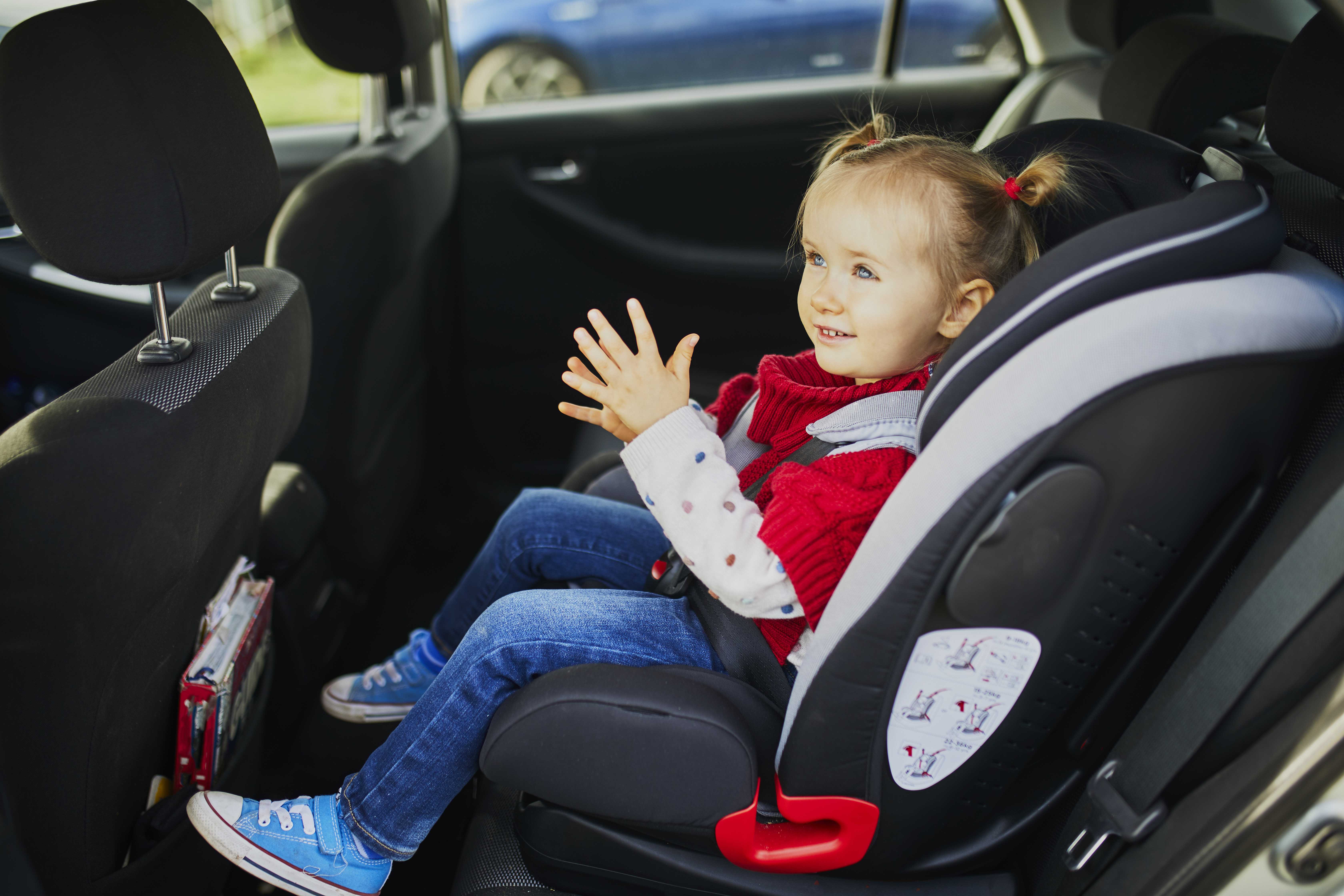UK HealthCast: Car seat safety for older children

UK HealthCast is a podcast series featuring interviews with UK HealthCare experts on a variety of health-related topics.
This edition features Sherri Hannan, RN, Safe Kids Fayette County Coordinator for Kentucky Children’s Hospital. Hannan explored the dos and do nots when it comes to car seats, with an emphasis on safety and best practices for older kids as they move out of infancy.
What is the typical age range that kids should be placed in car seats?
Sherri Hannan: Transitioning through the different stages of child passenger safety, we don't want to rush that process. So, we don't want to ever make a parent feel like that this should be something that happens very quickly. We want parents to make sure that they utilize the upper weights and height limits of the seats that they have for their children. Stay until they outgrow either one of those and then transition to the next phase of child passenger safety.
Is there a typical age range we should be looking at?
Hannan: You always want to follow the instruction manual for the car seat that you're using and making sure that it is the appropriate child restraint for your child based on their age, height, and weight. Typically, we want to see young children, infants through young babies, stay rear-facing until upwards of at least maybe 2 years old and about 30 pounds. But again, follow those upper weight limits for the height and weight of the seat. When the child can then forward face, we have newer seats that go to 50 even up to 65 pounds forward facing with a harness. So again, staying as long as possible with the harness seats before transitioning to what we would say would be the third phase, which is booster seat use, staying in that booster seat until the child reaches the height that they would fit anatomically correct in an adult-size lap-and-shoulder belt.
What is the danger of taking kids out of the car seat too early and putting them in an adult seatbelt?
Hannan: The child restraint is the device that we have that's going to protect children in a motor vehicle crash, keep them from being ejected; decrease, hopefully, injury and risk of death. So, car seats have a function, but the outcomes are all going to be based on if we are using the car seat correctly.
If an older child resists being in a car seat, what can parents do to convince them or keep them calm about that process?
Hannan: I know it's a big deal for a lot of kids to want to ride in that front passenger seat, but we also want caregivers to be firm to say, "Not 'til you're like 13 years old should you ride in that front passenger seat because the backseat is the safest place for young passengers to ride."
For more information, visit safekids.org. Listen to Sherri Hannan’s UK HealthCast below:




